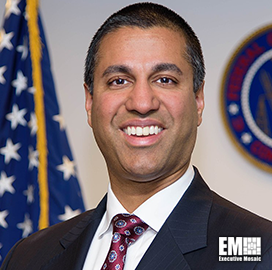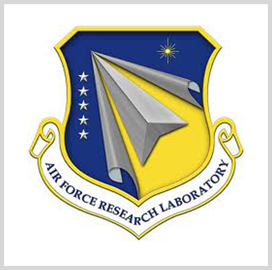The Federal Communications Commission’s (FCC) public safety and homeland security bureau has designated Huawei Technologies and ZTE as national security threats as part of efforts to safeguard U.S. communications networks from security risks.
The designation suggests that organizations may no longer use FCC’s Universal Service Fund to buy, maintain, modify or support any services or equipment provided by ZTE and Huawei, the commission said Tuesday.
“Both companies have close ties to the Chinese Communist Party and China’s military apparatus, and both companies are broadly subject to Chinese law obligating them to cooperate with the country’s intelligence services,” said FCC Chairman Ajit Pai. “Today’s action will also protect the FCC’s Universal Service Fund—money that comes from fees paid by American consumers and businesses on their phone bills—from being used to underwrite these suppliers, which threaten our national security.”
FCC implemented in November 2019 a ban on the use of the $8.3 billion fund to procure or maintain any product or services manufactured by companies that pose a national security threat to the country’s communications networks.





